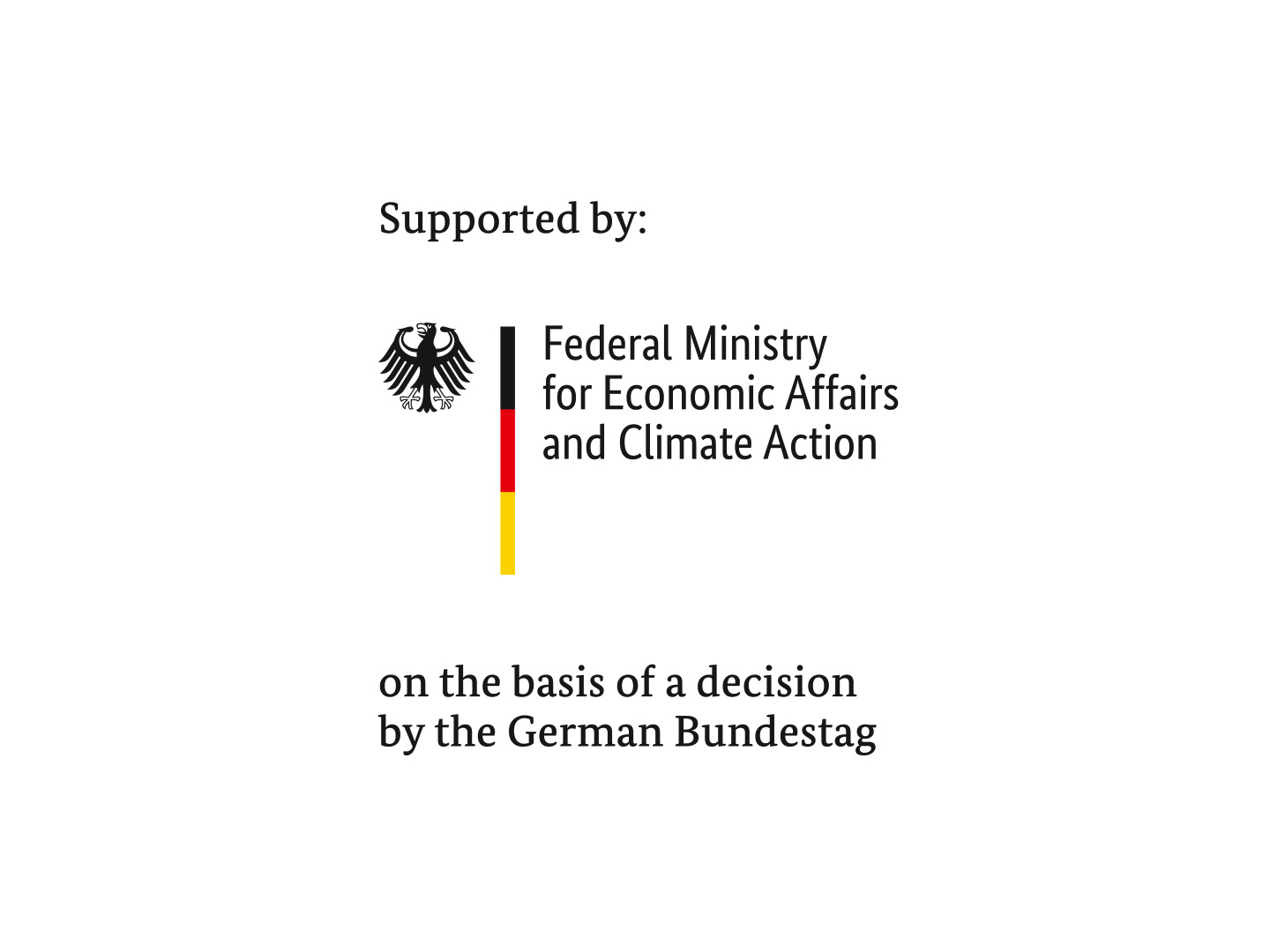Project goals: From CO2-containing flue gases to higher alcohols and olefins
The aim of the project partners is the sustainable use of CO2-containing waste gases from the cement industry. Specifically, a novel process chain is to be created to enable the synthesis of olefins and higher alcohols from carbon dioxide process gases. The solution adopted is called "power-to-chemicals”. This involves using renewable energies such as wind power to convert CO2 and water into carbon monoxide and hydrogen via electrolysis. Mixtures of these two substances – known as synthesis gases – are then used to produce the desired chemical products by means of further catalytic conversion processes.
Since the CO2 released by the cement plants has to be elaborately purified and conditioned for further processing, one focus of the project is on the development of new catalyst materials. Specifically, the researchers are working with sulfide-, nitride- and phosphide-based materials. They are very stable to typical catalyst poisons such as sulfur, but have not yet been systematically investigated as potential catalysts for synthesis gas production from CO2 or for subsequent synthesis gas conversion to olefins and higher alcohols.
 Fraunhofer Institute for Environmental, Safety and Energy Technology UMSICHT
Fraunhofer Institute for Environmental, Safety and Energy Technology UMSICHT